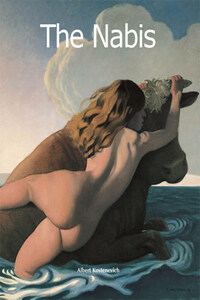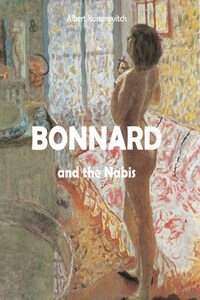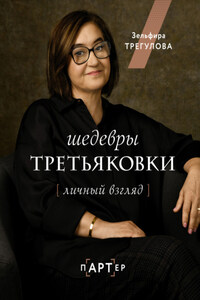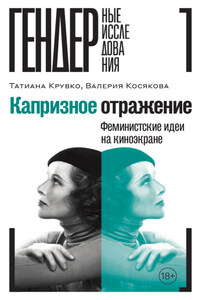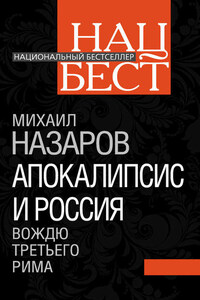© Parkstone Press International, New York, USA
© Confidential Concepts, worldwide, USA
© Estate Bonnard / Artists Rights Society, New York, USA / ADAGP, Paris
© Estate Denis / Artists Rights Society, New York, USA / ADAGP, Paris
© Aristide Maillol / Artists Rights Society, New York, USA / ADAGP, Paris
© Estate Matisse / Artists Rights Society, New York, USA / Les Héritiers Matisse
© Estate Roussel / Artists Rights Society, New York, USA / ADAGP, Paris
© Jan Verkade
© Estate Vuillard / Artists Rights Society, New York, USA / ADAGP, Paris
1. Paul Sérusier, The Talisman, 1888.
Oil on wood, 27 × 21.5 cm.
Musée d’Orsay, Paris.
Although Bonnard, Vuillard, Denis, Roussel and Vallotton have gone down in the history of painting as artists belonging to a single group, their works, in spite of some common features, in fact display more differences than similarities. They were bound together in their youth by membership in a circle which bore a curious name – the Nabis. Art historians, who see the Nabis’ work as a special aspect of Post-Impressionism, have long resigned themselves to this purely conventional label. The word Nabis says next to nothing about the aims and methods of these artists, but probably on account of their very diversity it has proved impossible to replace the label by a more meaningful term, or at least one which fits better into the established scheme of things. The Hermitage Museum in St. Petersburg possesses a splendid collection of works by Bonnard and his friends, and a much smaller collection of no less artistic merit is housed in the Pushkin Museum of Fine Arts in Moscow. All these works are presented in this book.
An interest in Nabis painting arose very early in Russia. Here, as elsewhere in Europe, it emerged not among art lovers as a whole, but among a tiny group of art collectors who were ahead of the general public in their appreciation of new developments. Works by Bonnard, Denis and Vallotton found their way to Moscow, and later to St. Petersburg, soon after they had been painted, some of them even being specially commissioned. In those days the purchase by Russian collectors of new French painting was a defiance of what was accepted as “good taste”. In contrast to earlier times, these new connoisseurs of painting came not from the aristocracy but from the merchant class. Several well-educated representatives of the new type of up-and-coming entrepreneurs, used to relying on their own judgement, also became highly active and independently-minded figures in the art market. Two of them, Sergei Shchukin (1854–1937) and Ivan Morozov (1871–1921) formed collections which at the beginning of the twentieth century ranked among the best in the world.
The name of Shchukin is probably more widely known, and this is not surprising: his boldness, seen by many of his contemporaries as mere folly, soon attracted attention. He had brought the most notable works of Henri Matisse, André Derain and Pablo Picasso to Moscow before Paris had had time to recover from the shock that they caused. Even today specialists are astonished by Shchukin’s unerring taste and keen judgement. He proved able to appreciate Matisse and Picasso at a time when so-called connoisseurs still felt perplexed or even irritated by their paintings. The Nabis, however, attracted Shchukin to a lesser degree, perhaps because their work did not appear sufficiently revolutionary to him. He acquired one picture by Vuillard and several by Denis, among them the Portrait of Marthe Denis, the Artist’s Wife, Martha and Mary and The Visitation. Later another canvas was added to these, Figures in a Springtime Landscape (The Sacred Grove), one of the most ambitious and successful creations of European Symbolism, which was passed on to Sergei Shchukin by his elder brother Piotr. But Shchukin failed to notice Bonnard. Regarding Cézanne, Van Gogh and Gauguin as the key-figures in Post-Impressionism, Shchukin – and he was not alone in this – saw the works of Bonnard and his friends as a phenomenon of minor importance.

2. Maurice Denis, Sun Patches on the Terrace, 1890.
Oil on cardboard, 24 × 20.5 cm.
Musée d’Orsay, Paris.
3. Paul Gauguin, Vision of the Sermon (Jacob Wrestling with the Angel), 1888.
Oil on canvas, 72.2 × 91 cm.
National Galleries of Scotland, Edinburgh.
4. Jan Verkade, Decorative Landscape, 1891–1892.
Oil on canvas.
Private collection.
5. Paul Sérusier, Old Breton Woman under a Tree, c. 1898.
Oil on canvas.
Musée départemental Maurice Denis “Le Prieuré”, Saint-Germain-en-Laye.
6. Mogens Ballin, Breton Landscape, c. 1891.
Oil on paper.
Musée départemental Maurice Denis “Le Prieuré”, Saint-Germain-en-Laye.
He did in fact make one attempt to “get into” Bonnard. In 1899, he bought Bonnard’s painting Fiacre at the Bernheim-Jeune Gallery, but later he returned it. Today it is in the National Gallery in Washington. Shchukin used to say that a picture needed to be in his possession for some time before he made his final decision about it, and art dealers accepted his terms. The man who really appreciated the Nabis and who collected their pictures over a considerable period of time was Ivan Morozov. His taste for their work must have been cultivated by his elder brother Mikhail, one of the first outside France to appreciate their painting. Mikhail Morozov owned
